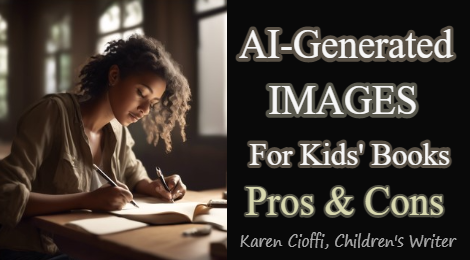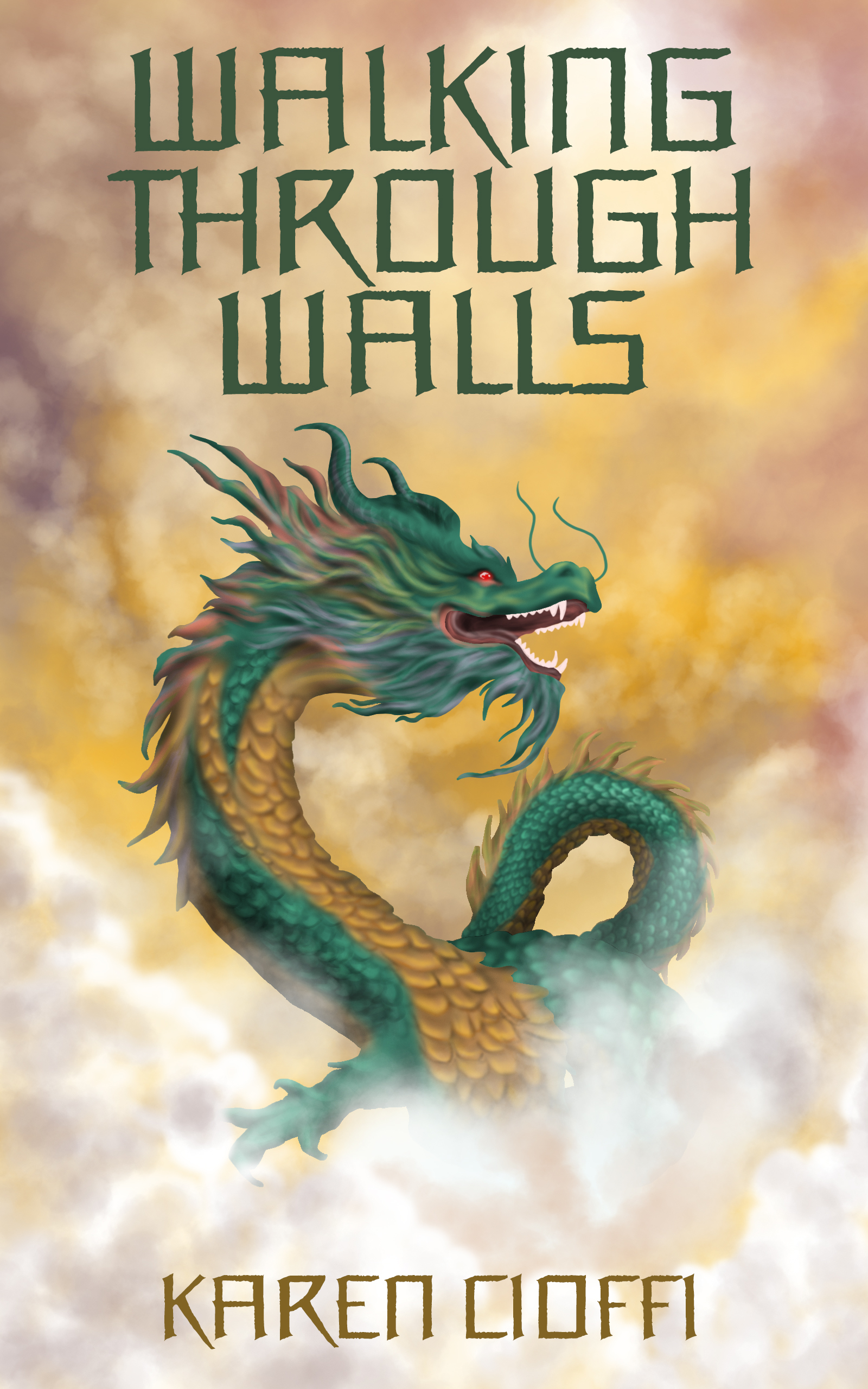It was only a matter of time before children’s book authors jumped into using AI to generate images for their books.
And now, it's increasingly possible to give an AI image generator an image of a character and have it generate the same character in different poses and scenes, maintaining visual consistency.
But is this a good thing?
AI-GENERATED IMAGES PROS
1. Accessibility
AI tools make book creation more accessible to people who may not have traditional illustrating skills or the budget to hire an illustrator.
Even illustrators in third-world countries can charge $80 to $300 per interior illustration. Considering that an author of a children’s picture book or chapter book may need 12-24 or more interior illustrations, the cost can be prohibitive.
2. Uniqueness
AI can generate unique illustrations, providing a more personalized and engaging experience for the young reader. However, this depends on the user’s prompts.
The user will need to use carefully crafted prompts with detailed descriptions of the character's features (hair and eye color, hair style, shape, and length, eye shape, facial structure, body size, clothing, etc.). This helps guide the AI towards consistency.
Some AI platforms even allow users to fine-tune the images by providing multiple images of the same character. And allow for pose control and variations.
3. Efficiency
As AI can generate images within minutes, it can speed up certain book creation processes. This gives the user a much faster turnaround time.
In general, illustrations by a service or illustrator can take one to three months. Depending on the illustrator's workload, you may be placed on a waiting list, which can take six to twelve months.
4. Inspiration
AI tools can be a source of inspiration for both the story and illustrations. Using prompts, AI can generate characters and scenes that the author may not have thought of.
This helps users explore ideas and styles.
These are some pretty cool pluses, but...
AI-GENERATED IMAGES CONS
1. User Learning Curve
The user needs to know how to craft the right prompts for the AI program to produce the desired results. These prompts need to be specific and very detailed.
There will be a learning curve when trying to use AI-generated images for children’s books, and it can be steep.
2. Lack of Consistency
There is a strong possibility that the polish and consistency of AI-generated images are not equivalent to human-made art. You’ll need to watch for anatomical inaccuracies, mismatched styles, or other inconsistencies.
While my reference is the free AI tools, I tried to create an AI-generated protagonist for the revised version of “Walking Through Walls.” I couldn’t get the protagonist's appearance consistent in different scenes and poses.
I was, however, able to generate AI images for the interior that showed what I wanted the scene to look like. I even got the new cover to “Walking Through Walls” through an AI-generated image. I gave these images to the illustration service as references, and they created the interior sketches and a cover for the book that exceeded my expectations.
This is what the source AI-generated image looked like:
Here is what the finished cover looks like:
3. AI-generated Image Size and Resolution
Aside from character consistency, free AI-generated images are usually too small for print publication. The images could end up blurry even if they look great in your computer file or online.
For print books, images must to be a resolution of at least 300 PPI (pixels per inch). Lower or varying resolutions can cause pixelation and blurry images, especially when enlarged.
4. Potential Unacceptance or Removal
As of the writing of this article, Amazon KDP and IngramSpark are discriminatory regarding the use of AI-generated images for books. While these services may not explicitly prohibit their use, they’re taking steps to address concerns about AI-generated content.
When inputting the information to publish your book, both services ask if you have AI-generated text or images and to what extent. They may not accept purely AI-generated content, as they prioritize the human element. IngramSpark revised its terms of service to reflect these views.
5. Copyright Issues
The US Copyright Office's stance is that only human-generated work can be copyrighted.
Because AI-generated art is machine-created, drawing from already created art, it lacks copyright protection. This raises the issue of duplication and plagiarism if the same or similar images are generated and used by multiple authors.
In addition to this, using AI-generated images or text without rewriting, revision, or tweaking significantly, in other words, making it your own, means that "someone else could legally copy your book and sell it as their own." (1)
6. Disclosure
IngramSpark doesn’t explicitly state that authors need to disclose the use of AI-generated content (including images) when publishing books, Amazon KDP now requires authors to disclose their use.
As I haven’t used AI-generated content or images, I haven’t needed to disclose anything. Still, I wonder if the authors who do disclose AI-generated use have their books scrutinized and possibly rejected.
7. Is It Ethical?
There are a lot of discussions about the ethical implications of using AI for creative endeavors. It can influence biases in algorithms and impact human creativity and jobs.
SUMMING IT UP
Every passing day, AI-generated content tools are getting better at producing consistency in image generation. Even some illustration services now offer AI-generated images with editing and integration by a human designer, making them likely to be considered original and copyrightable. This is making creating a young children’s book more affordable for authors.
It's up to the author to determine whether and how they will use AI-generated images, while keeping in mind consistency, resolution, disclosure, copyright, and ethical issues in their use.
Sources:
(1) https://medium.com/the-kidlit-creators-chronicle/children-deserve-better-than-ai-generated-stories-how-to-avoid-ai-scams-create-an-authentic-book-da4b8e55ef54
https://ingramspark.com

I’m a working children’s ghostwriter, rewriter, and coach. I can help turn your story into a book you’ll be proud to be the author of, one that’s publishable and marketable.
OTHER HELP I OFFER:
HOW TO WRITE A CHILDREN'S FICTION BOOK
A DIY book to help you write your own children’s book.
FICTION WRITING FOR CHILDREN eCOURSE
4-Weeks / 8 Sections Guided Self-Study Program
You can contact me at kcioffiventrice@gmail.com.

Writing for Children: Is Your Dialogue Realistic? 10 Tips
When Your Small Publisher Stops Selling Your Book
Pacing Your Story: 14 Power Tips




1 thought on “AI-Generated Images for Children’s Books: Pros and Cons”